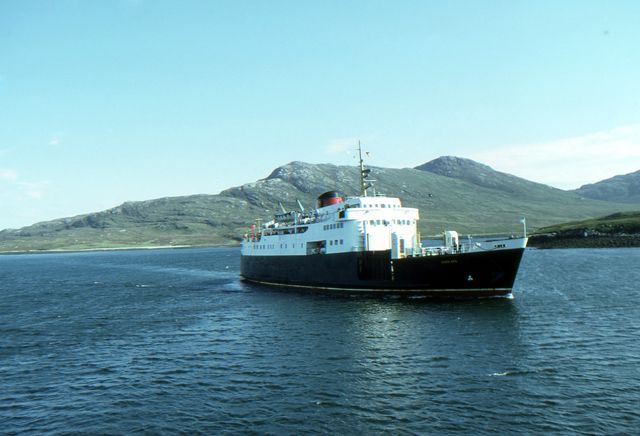Floating Bunker: The Calmac Ferries

Cold War Concerns
How to help your population after a nuclear war? That question haunted many countries during the Cold War.
In Great Britain, it had been decided that the royals as well as the government, scientists, and specialists in agriculture, food distribution, trade, and logistics/transport would have to be evacuated and sheltered before a nuclear exchange, so that they could afterwards help the survivors and keep the country’s institutions working.
Operation Python
As part of Operation Python in 1968, each group was given a meeting point from which they’d be transported to their respective and designated secret places where they would sit out the war. With this in mind, three ships were built: they looked like normal ferries and actually served as such, but they were far from normal. The Columba, Clansman, and Hebrides were all equipped with airtight doors, a ventilation system that could pressurize the inside of the ship, preventing contamination from entering its citadel, decontamination showers, and external sprinklers to “wash” away any contamination/radiation.
Floating Nuclear Bunkers
In case of a conflict, those ships would have acted as floating nuclear bunkers for all those scientists and specialists, as well as carrying currencies and gold. The ships were meant to carry their precious cargo and hide amongst Scotland’s many lochs, protecting the men onboard and waiting for the end of the nuclear war. The gold and currency onboard would have helped the government purchase oil and foodstuff from abroad and help the surviving population after a nuclear exchange.
Ferry Fates
The Columba is the sole survivor; she has had all her protective equipment removed and now serves as the MV Hebridean Princess. Clansman was sold off and operated in the Red Sea for a while. She was later abandoned off the coast of Sudan and can apparently be spotted on Google Earth. The Hebrides was sold off to Turkey for scrap.
-RBM.









